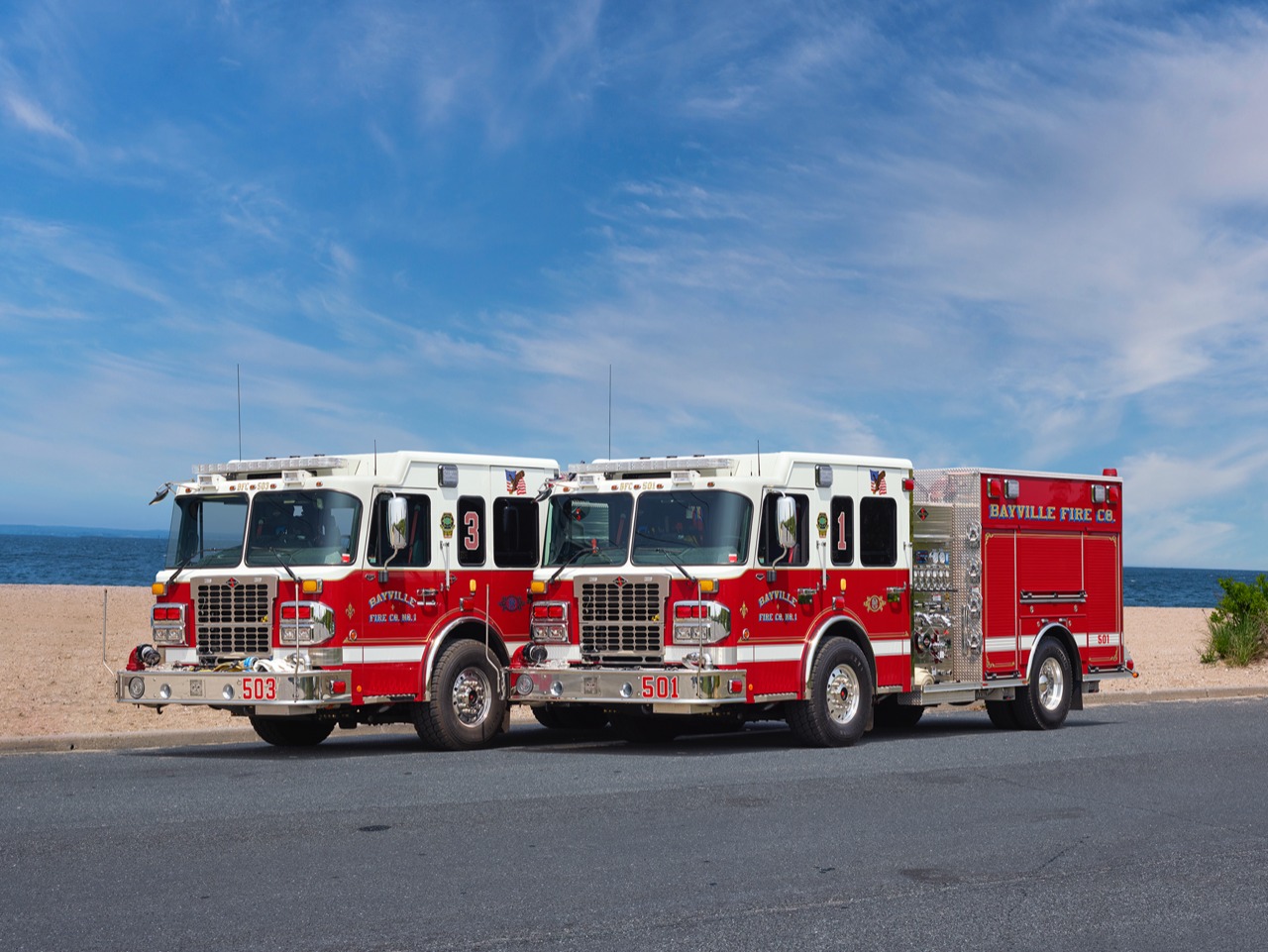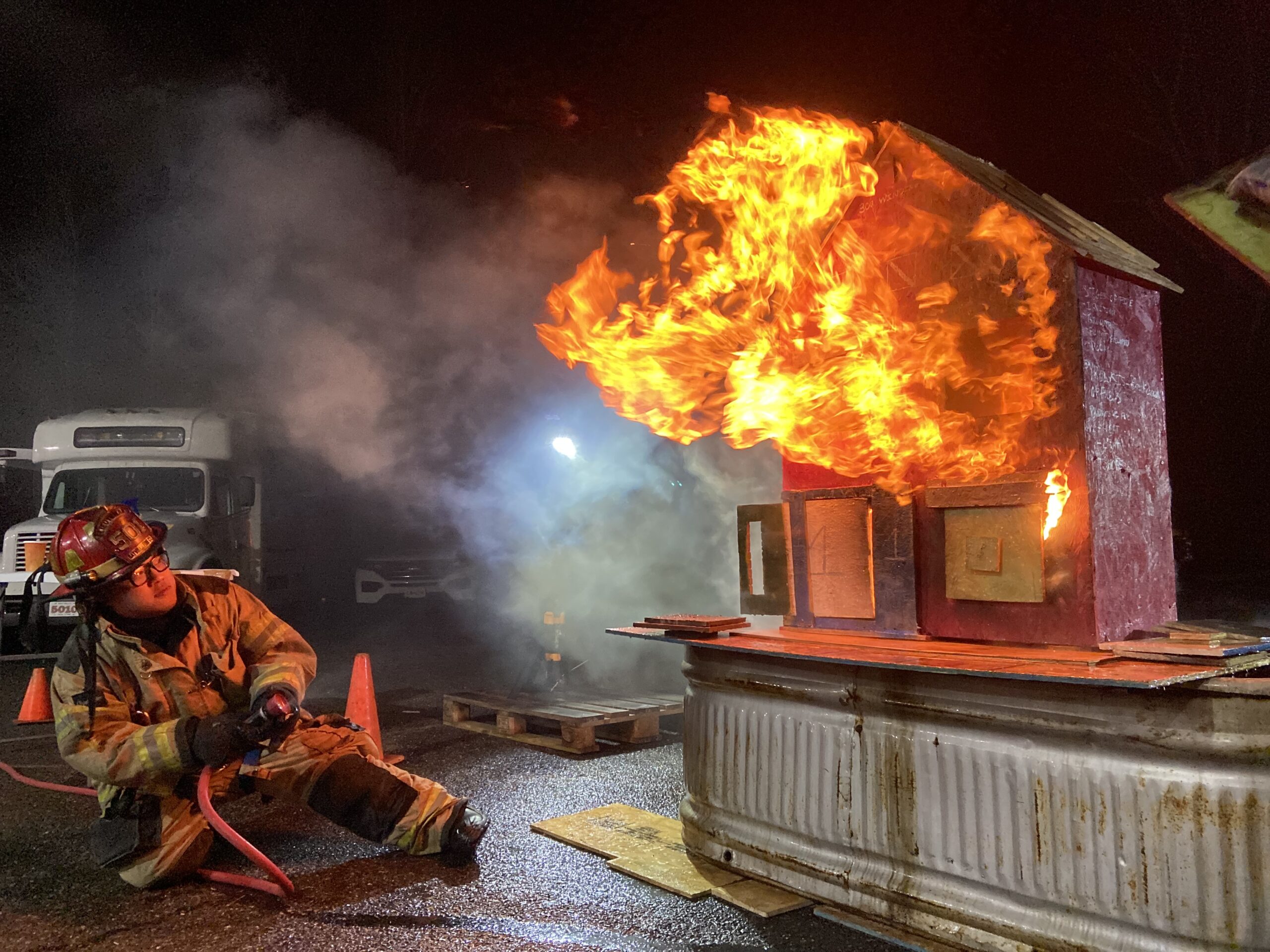Beach Safety Tips

- Make sure and only swim when lifeguards are on duty.
- Ask the lifeguards about water conditions before going in the water.
- Swim in an area near a lifeguard tower inside the swimming area. If you don't know where the swimming area is and/or ends ask a lifeguard on duty. (Swim inside and between the GREEN FLAGS)
- Never dive into the water headfirst. The water is not always clear and you may not notice any obstructions or how shallow the water in front of you is.
- Don’t swim out too far or overestimate your swimming ability. Never depend on flotation devices for your safety. Swim parallel to the shore if you want to swim long distances.
- Never drink alcohol and after go swimming.
- ALWAYS keep an eye on your children. Don’t turn away, even for a moment. Children can fall below the surface in a second and it can be impossible to find them fast enough.
- Always hold the hands of younger children. Sudden changes in water direction can separate them from you in an instant.
- Wear “Water Shoes” or sandals on the beach to avoid broken glass, sharp shells, and/or other sharp objects such as needles. If you find a needle, DO NOT pick it up. Get a lifeguard for them to dispose of.
- Lightning strikes at the beach are common in thunderstorms. If you hear thunder, get out of the water immediately. Seek shelter in a building or automobile. If no shelter is available, find the lowest spot possible, and avoid open spaces. Don't sit under an umbrella and stay away from metal objects like aluminum chairs.
- LIFEGUARDS WILL TELL YOU TO LEAVE THE BEACH FOR YOUR SAFETY.
If you get into trouble in the water, don't panic. Raise and/or wave your arms and scream for help if you can, float and wait for assistance. Wear sunscreen, with at least a level 15 sun protection factor, to protect against burns and to apply it every 20 to 30 minutes or right every you get out of the water even if the sunscreen says its waterproof.
 Pool Safety Tips:Unfortunately, it takes just seconds for a child to drown. Drowning is the leading cause of death in many states for children under the age of five. Most of these children drown in their own backyard swimming pool, but others drown in buckets, bathtubs, toilets, dog water bowls, canals, and ponds. Small children are top-heavy, and they don't have the upper body strength to lift themselves out of one of these dangerous situations. Even if the child survives the incident, they are often left with permanent brain damage. Drowning and near-drowning can be prevented, and you can help! Anyone involved with the supervision of children needs to be aware of the dangers associated with any body of water.
Pool Safety Tips:Unfortunately, it takes just seconds for a child to drown. Drowning is the leading cause of death in many states for children under the age of five. Most of these children drown in their own backyard swimming pool, but others drown in buckets, bathtubs, toilets, dog water bowls, canals, and ponds. Small children are top-heavy, and they don't have the upper body strength to lift themselves out of one of these dangerous situations. Even if the child survives the incident, they are often left with permanent brain damage. Drowning and near-drowning can be prevented, and you can help! Anyone involved with the supervision of children needs to be aware of the dangers associated with any body of water.
Tips to prevent needless tragedies:
- Know where your children are at all times
- Use an approved barrier to separate the pool from the house
- Never allow children to be alone near a pool or any water source, NO EXCEPTIONS!
- Have life-saving devices near the pool, such as a pole/hook, or flotation device
- Keep large objects such as tables, chairs, toys, and ladders away from pool fences
- Post the 9-1-1 number on the phone
- Do not allow children to play near the pool and store all toys outside the pool area
- If you leave the pool area, always take the children and/or child with you
- Always have a “designated child watcher”
- Never swim alone, or while under the influence of alcohol or medications
- Never swim when thunder or lightning is present
- Never dive into unfamiliar or shallow bodies of water
- Pool Rules & Regulations for more details CLICK HERE


